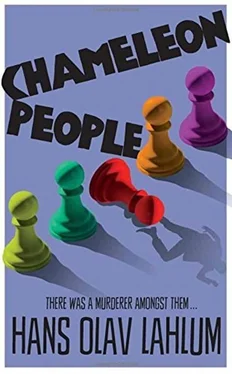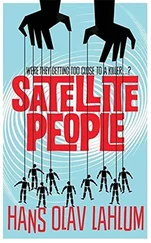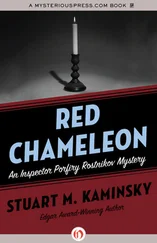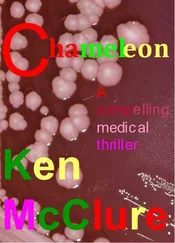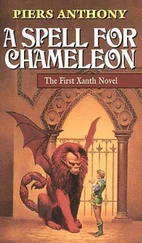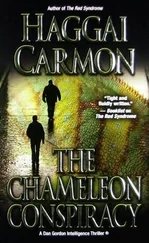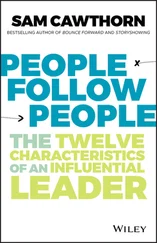The door was opened by a maid who looked exactly the same as before, and once again gave me a cautious smile as she welcomed me in. I thought that it was perhaps Benedikte, but still could not be sure that it was not her twin sister Beate. Not that it really mattered. Though she would never admit it herself, Patricia was still in the very best hands and in the safest environment.
The servants had indeed managed to whip up a supper for half past seven. The onion soup starter was already waiting at my usual place at the table when I was ushered into Patricia’s library.
Patricia was sitting there herself in her wheelchair on the other side of the table, sovereign of her own small realm. She looked exactly as she had done before. I knew that she had celebrated her twenty-second birthday only a couple of months ago, but could still have mistaken her for a teenager. It struck me that there was something strangely dollish, almost childlike, about Patricia.
I was happy to see her again. So I went around the table and gave her a hug. This seemed to take her by surprise. Her body trembled faintly, but her cheek was warm and her voice a little softer than usual when she said: ‘How nice to see you again. I have already eaten. Sit yourself down – eat. And at the same time tell me all that I need to know about Per Johan Fredriksen and his death.’
I sat down, ate, and talked my way through the starter, main course and dessert. Patricia listened with extraordinary concentration as I told her everything about the case so far. She had a large cup of coffee on the table beside her, but did not touch it once. Her hand noted down some names and dates to begin with, without any apparent cooperation with her head. Her eyes were fixed on me the whole time.
When I told her about Eva Bjølhaugen’s death in Room 111 in 1932, her eyes sparked for a moment.
‘Did the room have an en suite bathroom or not?’ she asked quickly.
I told her that the room had an en suite bathroom, which had also been searched without any results. She waved me on, and then sat without moving until I had finished with the story of Vera Fredriksen’s death that afternoon. Then she smiled almost merrily for a moment, before once again sitting there gravely in deep concentration.
It was half past eight by the time I had finished my account, put down the almost empty bowl of rice pudding and said: ‘So, what do you think? Was it natural causes, suicide or murder, both in 1932 and 1972? As far as 1972 is concerned, we will perhaps get the answer when the preliminary autopsy report comes tomorrow morning.’
And if I had ever thought otherwise, Patricia was no less sharp than she had been before. She sighed in mild exasperation and replied: ‘Murder, without a doubt, in both 1932 and 1972. And I am almost certain I know how the murders were committed as well, though one always has to bear in mind poisoning in such situations. It is actually quite obvious, if one just looks beyond the fact that it is a rather unusual way to kill people in a hotel room.’
Patricia fell silent, and took an artful sip of coffee. She immediately started and rang the bell to call the maid.
In the brief minute before the maid knocked on the door, I sat and wondered what Patricia had meant.
‘The coffee you served was far too cold, Beate. Pour it out and make some new coffee immediately. And this time make sure the hot plate is on, please!’
Beate rolled her eyes at me and looked like she would love to say that the coffee had been warm when she poured it an hour and a half ago. But all she said was ‘Of course, sorry’, and then took the coffee cup with her when she left.
The door closed behind the maid and I still did not understand Patricia’s meaning. So I had to bite the first bullet and ask how, according to this theory, Eva Bjølhaugen was murdered in 1932 and Vera Fredriksen was murdered in 1972.
Patricia gave a semi-triumphant smile and a swift answer: ‘They were drowned. With water from the tap in the bathroom which was poured down their throat as they lay there unconscious. Eva Bjølhaugen fainted after one of her epileptic fits, thus giving the murderer an opportunity that he or she then ruthlessly exploited. Vera Fredriksen could have been knocked unconscious, but as there is no physical evidence of this, it is more likely that she fainted at the sight of an unexpected intruder or something else that frightened her. According to her family she has a tendency to do this when confronted with powerful emotions. In both cases, the murderer then wiped away any spilt water with the towel from the bathroom and left the room.’
It felt slightly absurd when Patricia first said the word drowned. And then utterly logical once she had explained how it happened.
I sat almost thunderstruck, looking at her. She gave a chirpy smile, but was soon serious again.
‘So that means that the murderer this afternoon was the same as in 1932?’
Patricia shook her head pensively. ‘It is clearly possible that the murderer is one of the group of four friends from 1932 who is still alive. But equally, this is not the only possibility.
‘Per Johan Fredriksen had finally understood how the murder was committed when he spoke out at the dinner a few weeks ago. And the reason he raised his water glass was to show the person he believed was the murderer that he knew. The youngest daughter had either heard it from him, or worked it out for herself when she went to the hotel to ask if the room had had an en suite bathroom even in 1932. But that is not to say that the father and daughter actually knew for certain who the murderer was in 1932, nor does it mean that the same person murdered her now. Someone else may have guessed how it was done and used the same method to get rid of Vera, for example, because she now, consciously or unconsciously, had put you onto her father’s murderer’s trail. Or one of her siblings might have taken the opportunity to get ten million more in inheritance money. There are too many possibilities here. You have given me enough information to work out how Vera Fredriksen died, but not why or who killed her. Her siblings, boyfriend, mother and the others from the 1932 group who are still alive might all have done it, perhaps even someone we are yet to know about. Based on the known facts, it would be pure guesswork to say who she phoned, or who the mysterious guest in the neighbouring room was, and who else might have been in the hotel.’
Patricia had to pause to draw breath, but was obviously in her stride now. She continued a couple of moments later, without waiting for any questions.
‘Much the same is true of Eva Bjølhaugen’s murder in 1932. We can pretty much say with certainty that she first had a visitor in her bed, that shortly afterwards she had an epileptic fit and then was killed by drowning. We do not, however, know if the person in the bed was the same person who killed her, and again, we do not know who killed her full stop. As things stand, I have possible scenarios that fit for the other five in the group.’
‘And what about the murder of Per Johan Fredriksen?’ I asked.
Patricia sighed heavily.
Just then we were interrupted by a knock at the door. The maid came in with a fresh, steaming mug of coffee. She seemed to realize that she had come at the wrong time and made a hasty retreat without saying anything.
Patricia sipped her coffee.
‘Now it is slightly too hot,’ she said, and put the cup down. Then she looked straight at me again.
‘The murder of Per Johan Fredriksen is, if possible, even harder to work out. Whereas the murder in 1932 had a limited number of possible killers, the possibilities for the first murder in 1972 are as good as infinite. I have a number of theories, but need more information in order to establish which of them is right. And, what is more, I am not sure that we have a full overview of all the alternatives. There are lots of people with different backgrounds and motives who might want to kill a man like Per Johan Fredriksen. Fredriksen himself was obviously a chameleon man, and I think that the chances are considerable that he was killed by another chameleon person.’
Читать дальше
